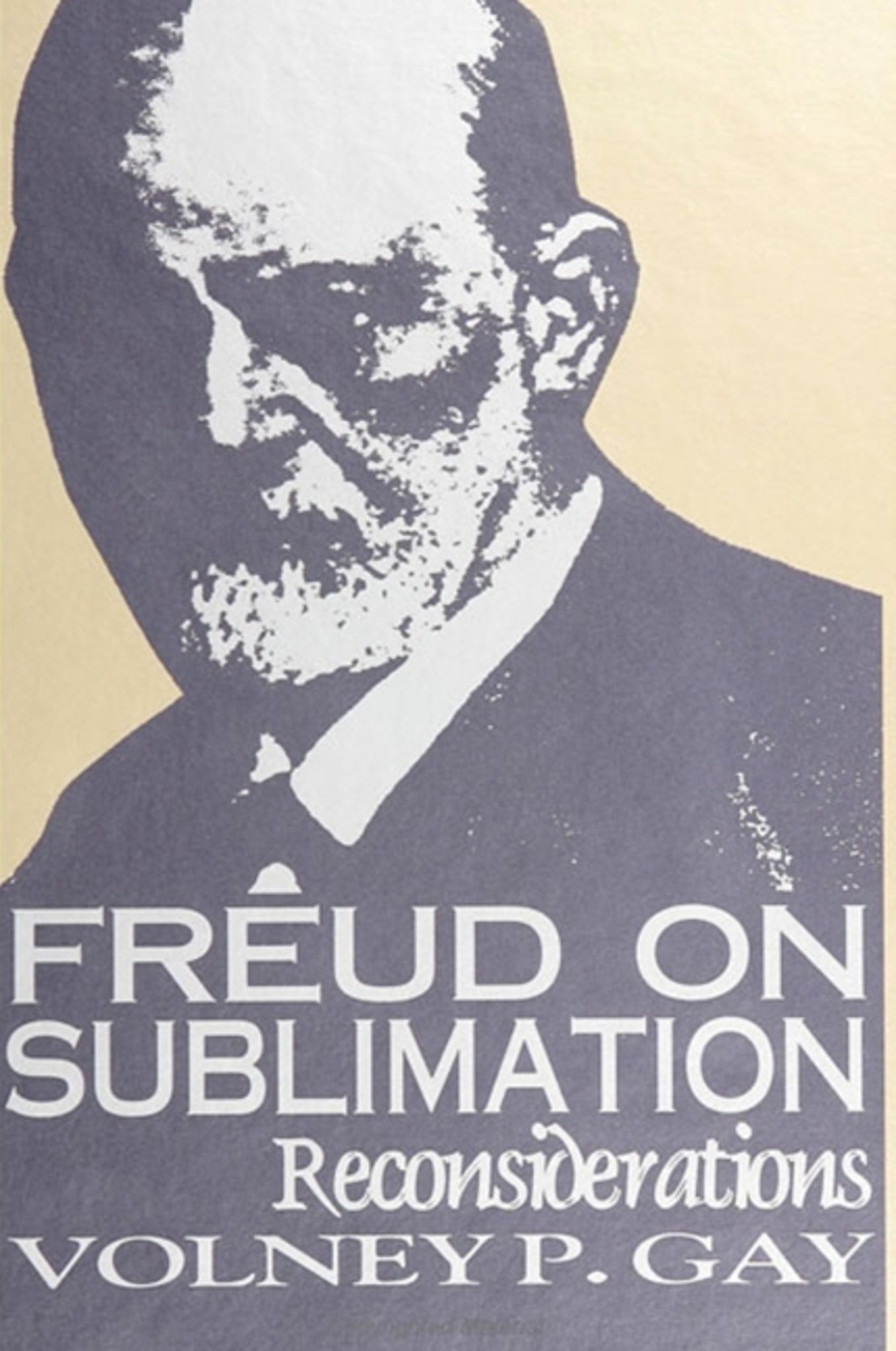We're sorry. An error has occurred
Please cancel or retry.
Freud on Sublimation

Some error occured while loading the Quick View. Please close the Quick View and try reloading the page.
Couldn't load pickup availability
- Format:
-
09 September 1992

This book is the only full-length treatment of the relationship between aesthetic truths and psychoanalytic discoveries-of art, artists, and a new concept of sublimation. It provides a radical and unique study of the concept of sublimation and proposes a modest replacement for it. In the first third of the book the author reviews critically the psychoanalytic sources of the concept of sublimation. In the second third he shows how the concept developed from Freud's nineteenth-century notions of perception. In the last third he revises a concept of sublimation using a contemporary theory of perception. In the final chapter he examines four works of literature: short stories of John Cheever, a Japanese novel, portions of Hamlet, and sublimation and perversion in Orson Welles' Citizen Kane.


"One of the most common criticisms of Freud is that his theory cannot satisfactorily account for religion or artistic creativity. Gay's revision of Freud's theory using Gibson's theory of perception allows the Freudian concept of sublimation to function in a positive way that squares with artistic creativity, religion, and common experience. Gay has made a significant contribution to psychoanalytic theory and to the understanding of human creativity."
"I found this book very interesting to read. It synthesizes and discusses an amazing range of evidence from the philosophy of Kant to the physiology of perception of Helmholtz, the linguistic theory of Lacan and Ricoeur, art history, religion, etc., all applied to Freud's theory of sublimation. It is clearly the work of a mature scholar."— Harold Coward, University of Calgary
"Dr. Gay's book brings together fruitfully several lines of argumentation: aesthetic theory, hermeneutics, psychoanalytical practice and criticism, and good sense. It ought to fill an important gap in the relevant literatures, but particularly in expanding our purview of Freud on sublimation and our ongoing project of determining an adequate contemporary aesthetics. The value of Gay's work is that it relates these two issues in ways that are mutually illuminating. I would have expected such a contribution from the author, whose previous books have been solid contributions. The scholarship is sound: it is in fact superlative, with a wide range of materials cited carefully." — William G. Doty, The University of Alabama
"This is really a very fine book. Philosophers, psychoanalysts, students of the arts, and religious studies scholars will all find something of interest. I know of no study that re-works Freud on sublimation and art so thoroughly and makes such a commanding use of Heinz Kohut's psychoanalytic theories of the self to this end." — Don Browning, University of Chicago
Acknowledgments
Introduction
Art and Public Morality
An Ordered and Safeguarded Universe
Freud and the Problem of Sublimation
1. Art and the Organization of the Self
Similarities and Differences: Symptoms and Work of Art
Psychoanalysis and Psychic Pain
Freud's Solution: Recollecting Libido Theory
The Argument in Brief: Art and Self-Organization
2. Freud and the Location of Values
The Location of Values and Aesthetics
Sublimation and Aesthetics
The Official Theory of Perception
3. Sublimation and the Mystery of Transformation
Dualism and Antinomies in Freud's Thought
The Problem of Quality Returns: Infantile Sexual Aims
Sublimation and the Transformation of Energy
4. Origins of Complex Behavior and Sublimation
Complex Behavior and Evolution
The Structure of Objects, The Structure of Representations
Responding to Art: Iconic Representations
Self-Understanding and Self-Represenations: Emotional Struggles, Logical Quandaries
5. Perception and Emotion in Classical Theory and Contemporary Authors
Theories of Perception
Helmholtz and the Physiology of Perception
Perceptions, Qualities, and Affordances
Contemporary Authors and The Theory of Affordances: Weiss, Langs, Stern
6. From Visual Affordances to Emotional Affordances
Anal Qualities, Anal Character, Sublimation
Visual Affordances as a Model of Emotional Affordances
Emotional Affordances and the Drives
From Aesthetics to Sublimation
Emotional Affordances vs. Representations: The Structure of the Inner World
Vivual Affordances, Empathy and Art
7. Emotional Affordances and Their Representations
Introduction: Invisible Losses, Visible Repairs
Astonishment in John Cheever
Emotional Affordances in a Japanese Novel
The Smelly Father in Hamlet
Sublimation and Perversions in Citizen Kane
Conclusion
Notes
Bibliography
Index



